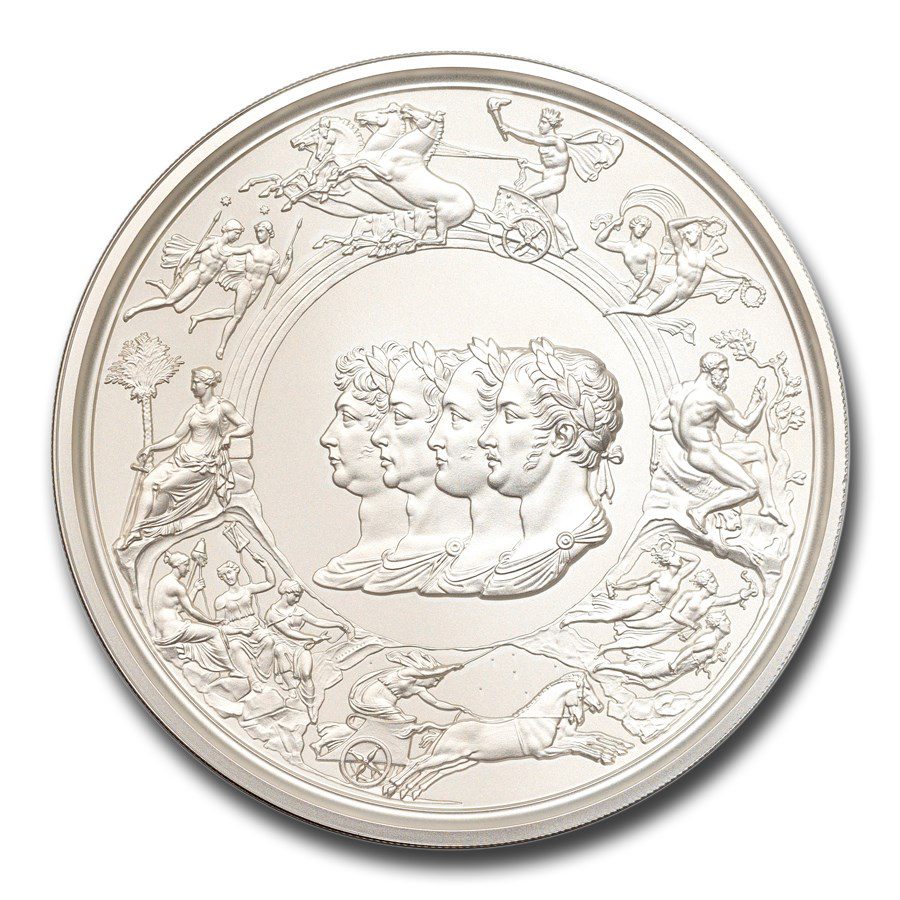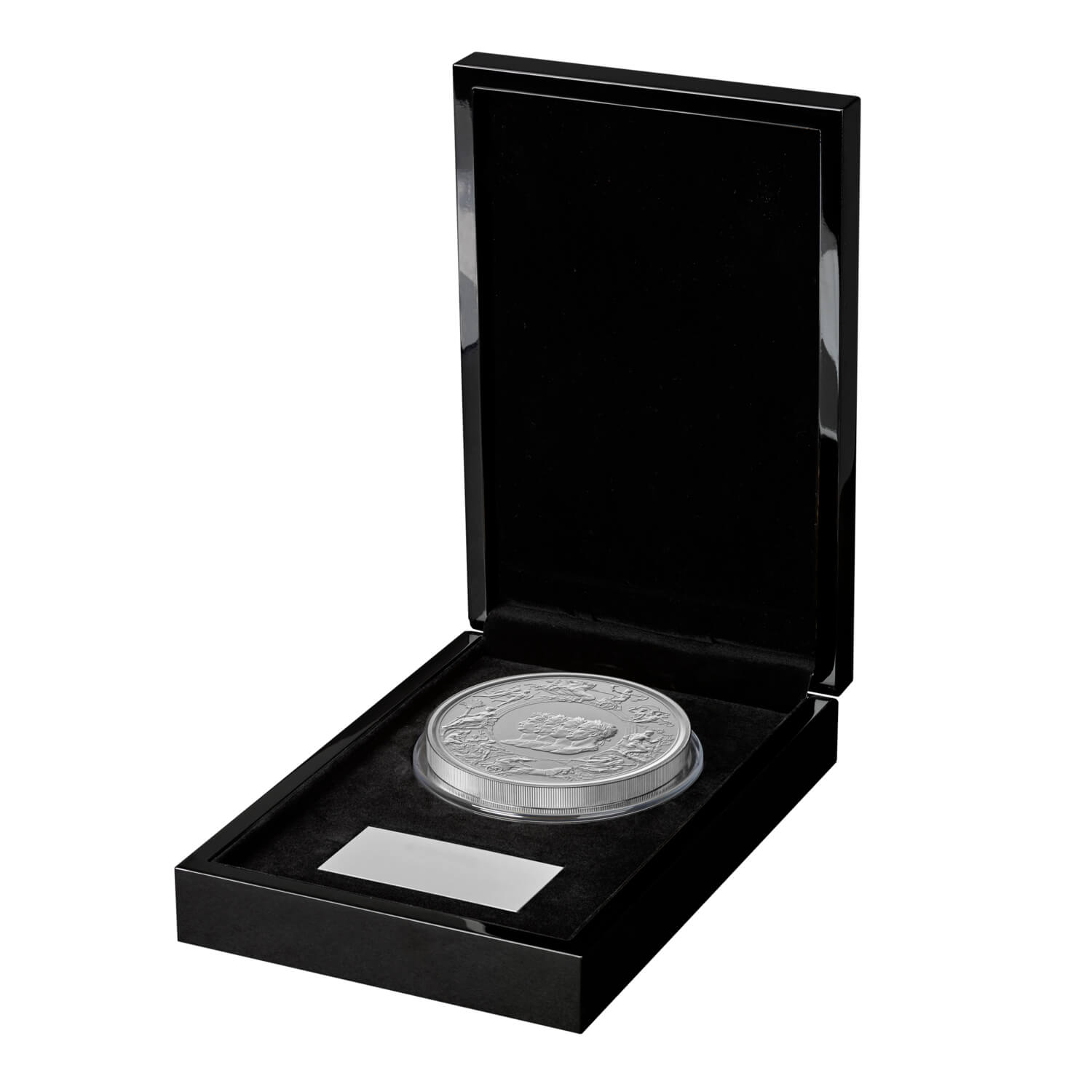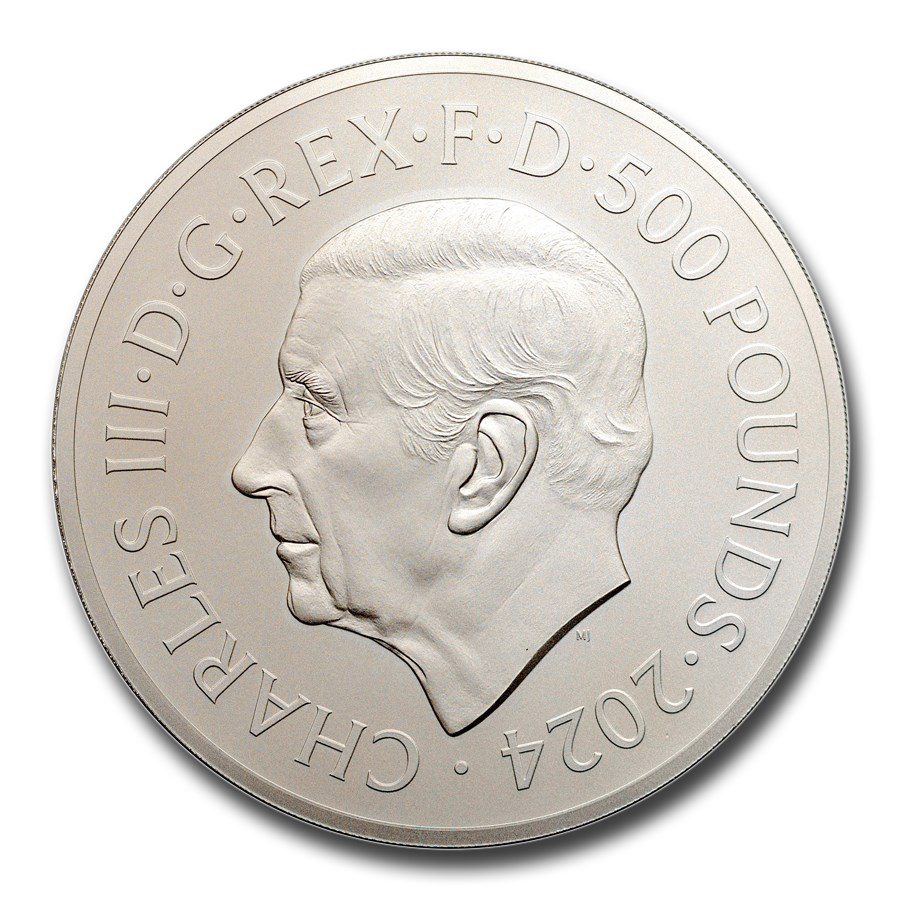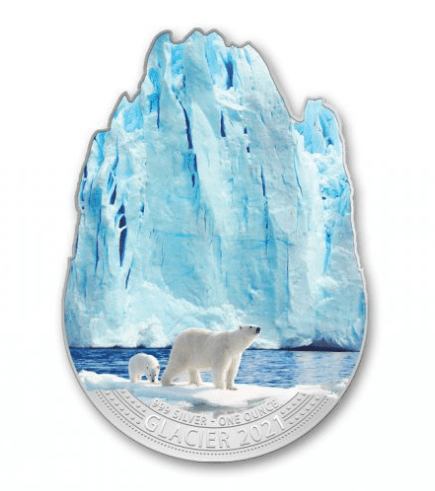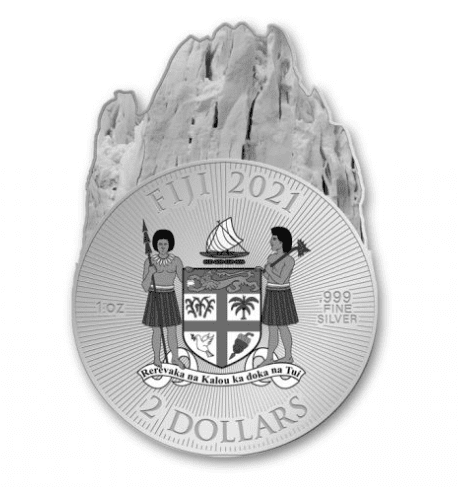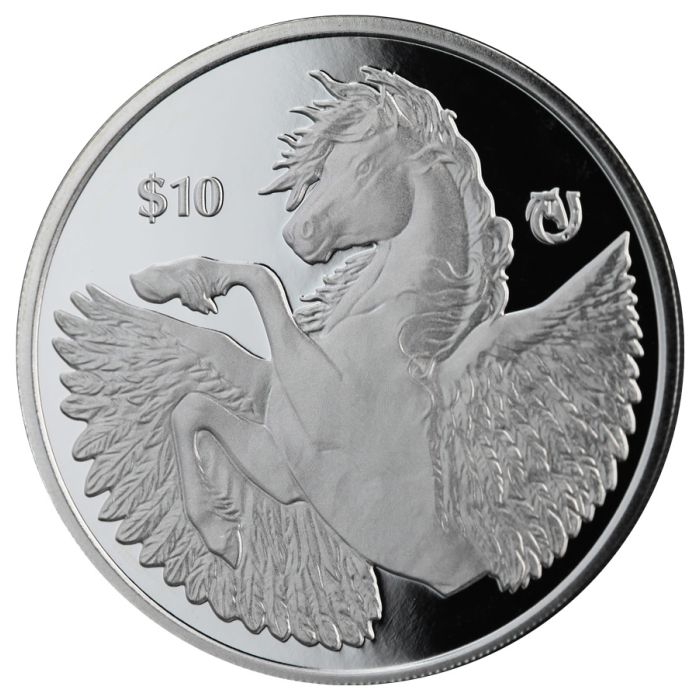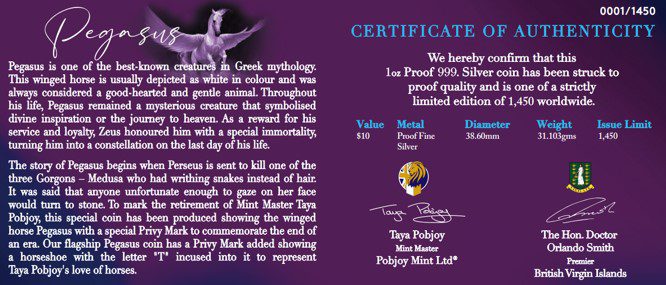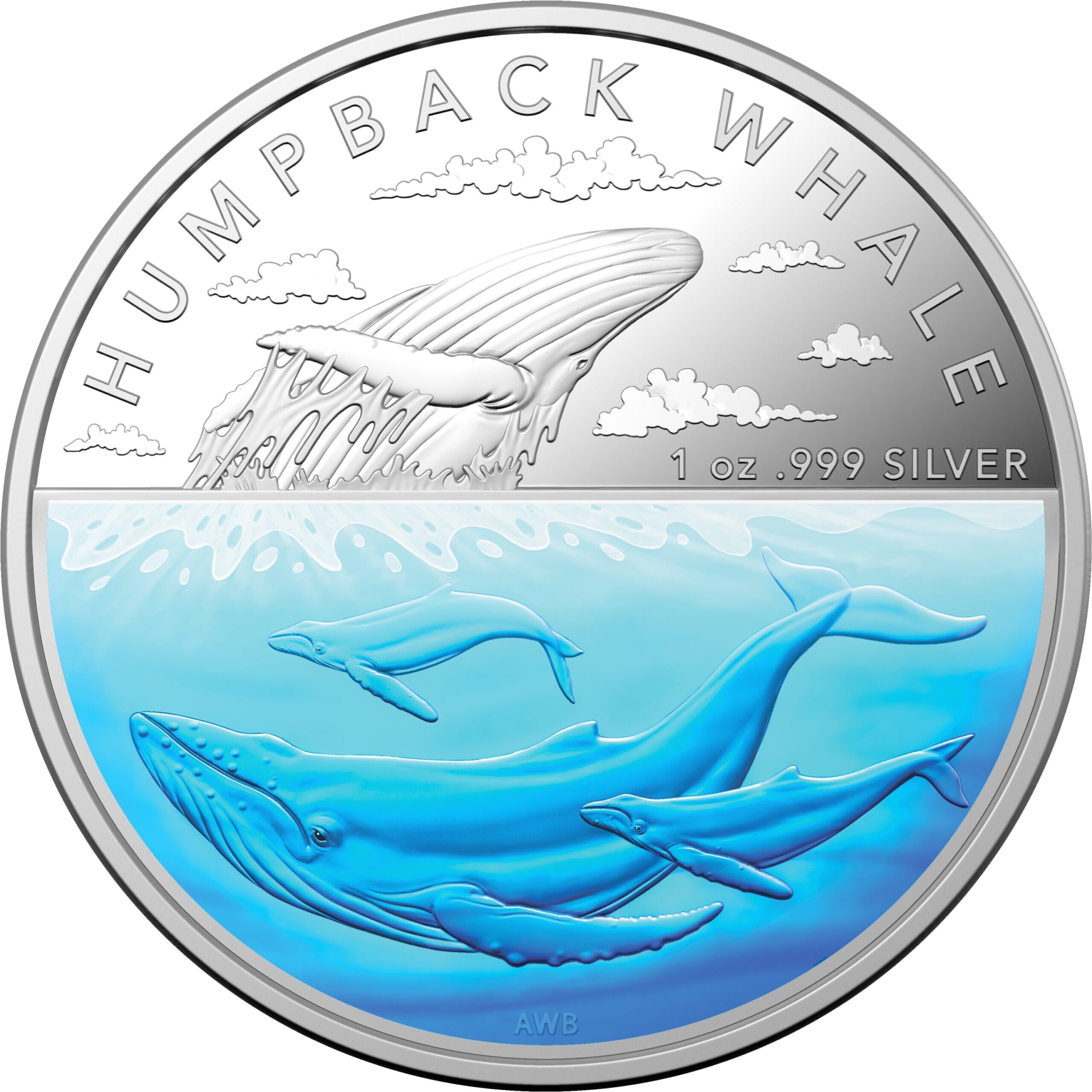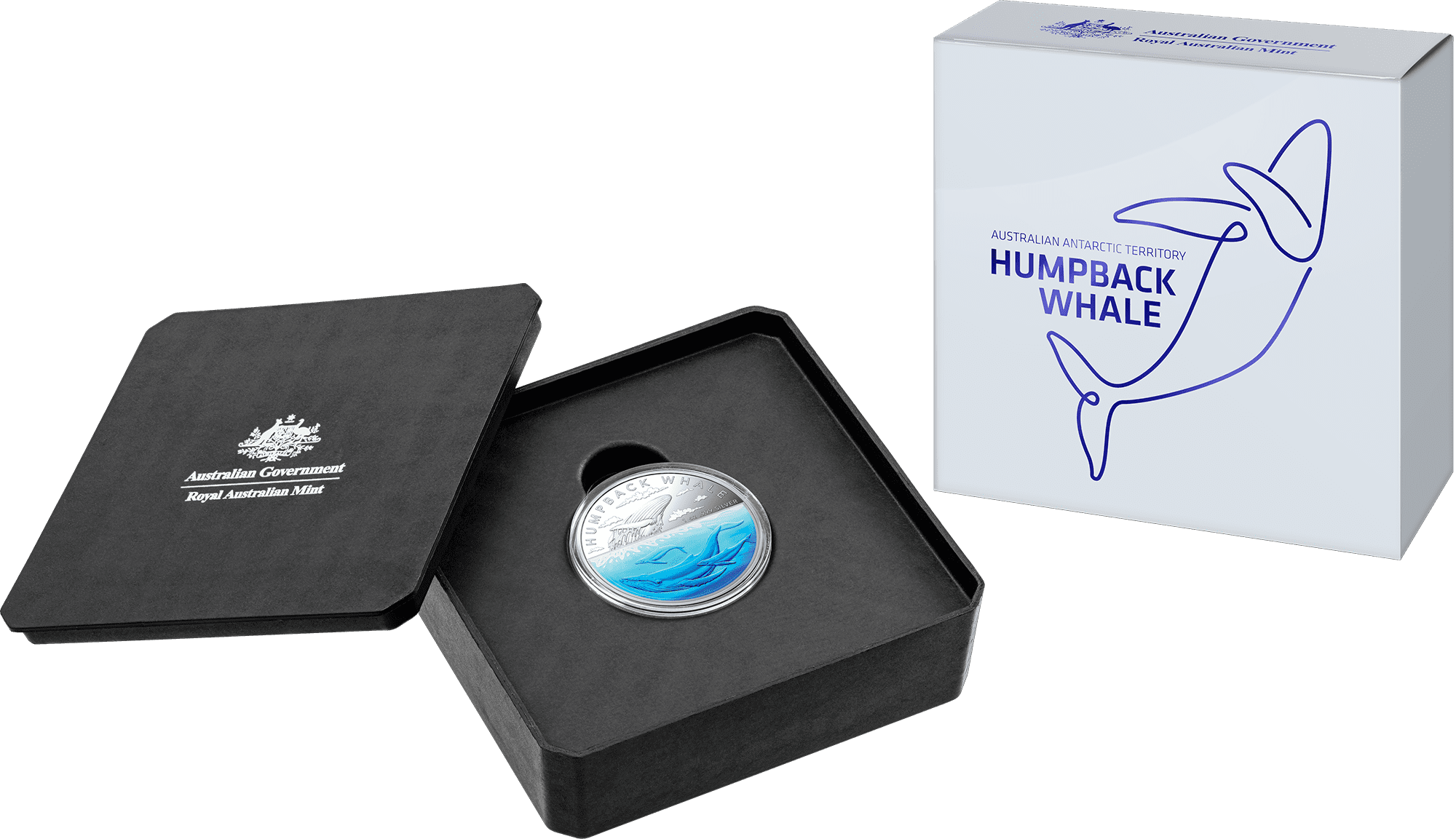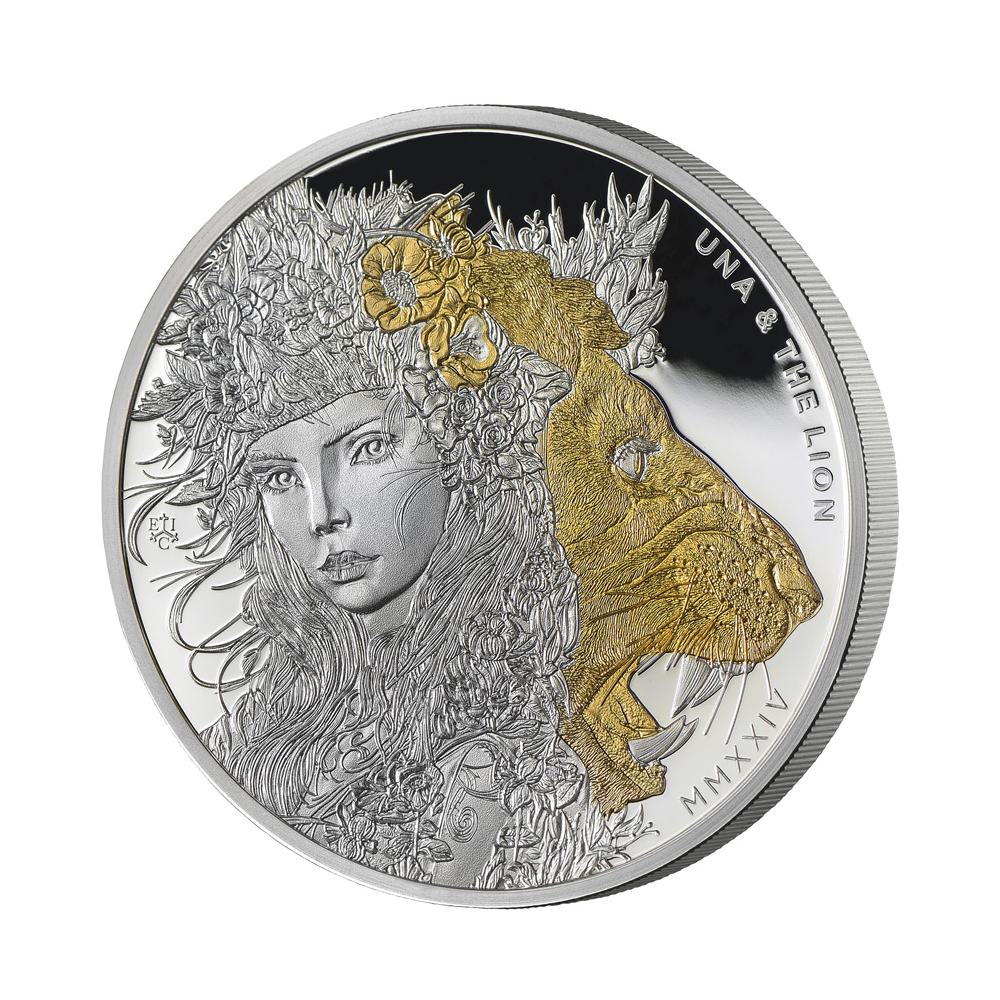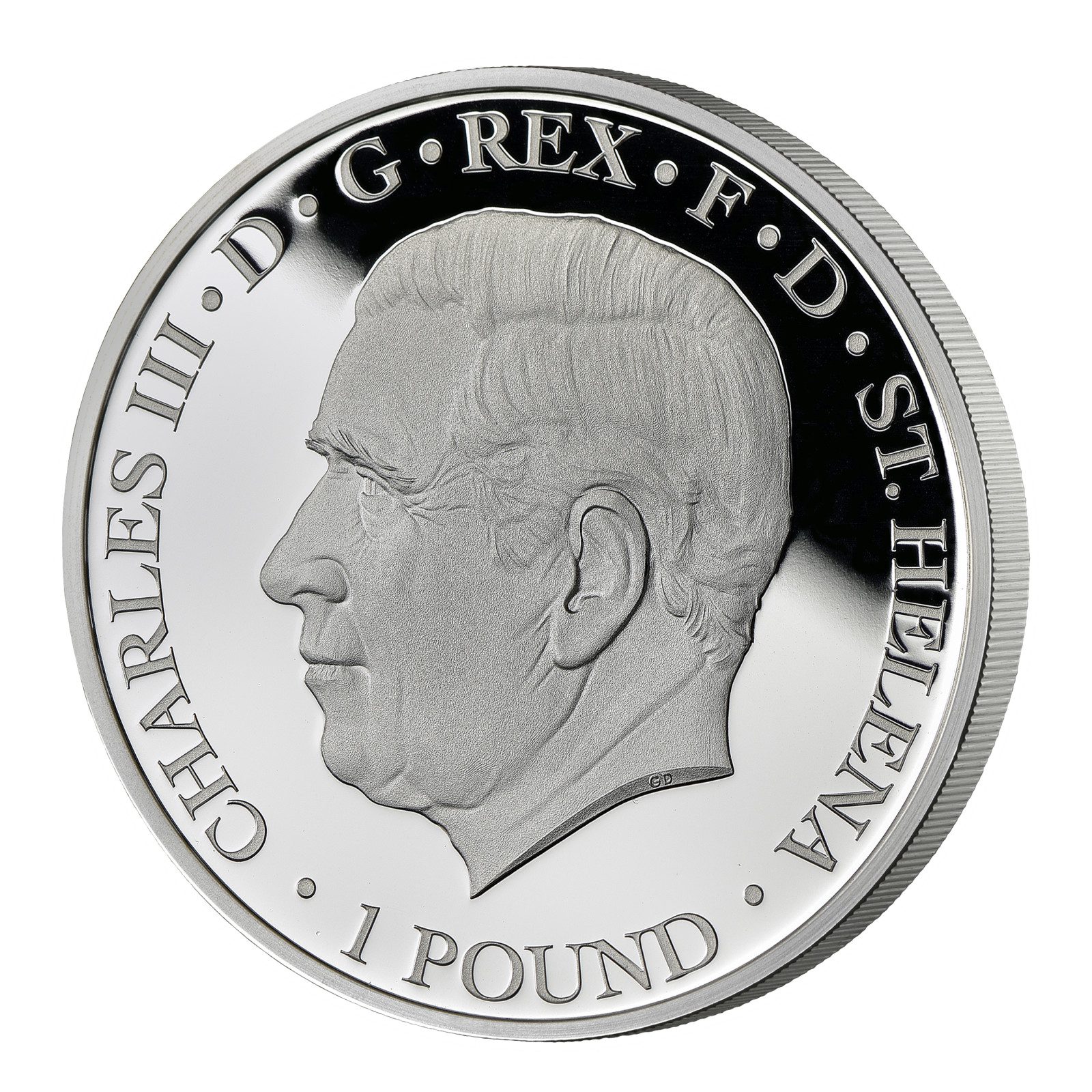The Waterloo Medal 1kilo Silver CALL IN ONLY
Mint: British Royal Mint
Year: 2024
Denomination: 500
Mintage: 125
As Emperor, Napoleon started a series of wars in a quest to control Europe and restore French power in the New World. His victories over the Austrian and Russian armies at the Battle of Austerlitz in 1805 were some of his greatest successes. However, he also faced two major defeats. First, he failed to conquer Spain, where guerrilla fighters, supported by British forces constantly weakened his troops and resources. Second, his invasions of Russia in 1812 with over 400,000 soldiers ended in disaster. Even though he avoided direct defeats in battle, Napoleon couldn’t secure a decisive victory. The harsh winter and severe food shortages forced him to retreat, losing up to 90 percent of his army.
Defeated, Napoleon was exiled to Elba. The French royal family was briefly restored to power, but in 1815, Napoleon escaped Elba and reclaimed control. He quickly assembled a large army and marched into conflict once more. In response, the four great powers of the era, Russia, Austria, Prussia and the United Kingdom, formed a new alliance intended to end Napoleon’s rule for good.
On June 1815, the Battle of Waterloo marked the dramatic end of Napoleon’s European ambitions. This unforgettable clash saw British, German, Prussian, Dutch and Belgian forces, under the leadership of the Duke of Wellington and Marshal Blucher, unite to bring an exhausting war to a close. Defeated again, Napoleon was exiled to the remote island of St. Helena, where he died in 1821.
In 1816, The Prince Regent envisioned a medal to honor the heroes of the Battle of Waterloo. The medals were intended to be struck for presentation to the allied leaders. William Wellesley-Pole, The Master of the Royal Mint chose newcomer Benedetto Pistrucci to engrave the medal.
The Italian born Pistrucci, known for his fiery temper, was already a well-established gem engraver, with a fame which spread across Europe. In fact he was commissioned to make a portrait in wax of Napoleon which he completed in 1815.
Pistrucci had a longstanding rivalry with William Wyon, primarily because Wyon was awarded the post of Chief Engraver. As a foreigner, Pistrucci was not allowed to hold this position, even though he had the favor of the Master of the Mint, William Wellesley-Pole. When Pole left his post in 1823, Pistrucci lost his last supporter within the establishment. However, he was not dismissed; instead, the post of Chief Medalist was created specifically for him in 1828.
Directed to focus solely on the Waterloo medal, Pistrucci may have had an inkling that once he completed the engraving, his employment would end. He slowly spun out the work on the medal for thirty years to keep himself employed. Upon completion, Pistrucci delivered a masterpiece, reminiscent of Greek design, to showcase his ability as a way to prove to Mint officials they’d be making a mistake if the dismissed him.
The size of the finished piece was so large, the Mint decided not to harden the dies, for fear they would crack. As such, the medal was never struck. And the world was robbed of possibly the greatest work of coin/medal engraving of all time.
Now, for the first time, the Royal Mint is officially striking Pistrucci’s Masterpiece design as legal tender. The Waterloo Medal was selected to be the next release in the Royal Mint’s wildly popular Great Engravers collection. Only 100 of these coins have been minted with just 90 available to the public.
Description
Mint: British Royal Mint
Year: 2024
Denomination: 500
Mintage: 125
As Emperor, Napoleon started a series of wars in a quest to control Europe and restore French power in the New World. His victories over the Austrian and Russian armies at the Battle of Austerlitz in 1805 were some of his greatest successes. However, he also faced two major defeats. First, he failed to conquer Spain, where guerrilla fighters, supported by British forces constantly weakened his troops and resources. Second, his invasions of Russia in 1812 with over 400,000 soldiers ended in disaster. Even though he avoided direct defeats in battle, Napoleon couldn’t secure a decisive victory. The harsh winter and severe food shortages forced him to retreat, losing up to 90 percent of his army.
Defeated, Napoleon was exiled to Elba. The French royal family was briefly restored to power, but in 1815, Napoleon escaped Elba and reclaimed control. He quickly assembled a large army and marched into conflict once more. In response, the four great powers of the era, Russia, Austria, Prussia and the United Kingdom, formed a new alliance intended to end Napoleon’s rule for good.
On June 1815, the Battle of Waterloo marked the dramatic end of Napoleon’s European ambitions. This unforgettable clash saw British, German, Prussian, Dutch and Belgian forces, under the leadership of the Duke of Wellington and Marshal Blucher, unite to bring an exhausting war to a close. Defeated again, Napoleon was exiled to the remote island of St. Helena, where he died in 1821.
In 1816, The Prince Regent envisioned a medal to honor the heroes of the Battle of Waterloo. The medals were intended to be struck for presentation to the allied leaders. William Wellesley-Pole, The Master of the Royal Mint chose newcomer Benedetto Pistrucci to engrave the medal.
The Italian born Pistrucci, known for his fiery temper, was already a well-established gem engraver, with a fame which spread across Europe. In fact he was commissioned to make a portrait in wax of Napoleon which he completed in 1815.
Pistrucci had a longstanding rivalry with William Wyon, primarily because Wyon was awarded the post of Chief Engraver. As a foreigner, Pistrucci was not allowed to hold this position, even though he had the favor of the Master of the Mint, William Wellesley-Pole. When Pole left his post in 1823, Pistrucci lost his last supporter within the establishment. However, he was not dismissed; instead, the post of Chief Medalist was created specifically for him in 1828.
Directed to focus solely on the Waterloo medal, Pistrucci may have had an inkling that once he completed the engraving, his employment would end. He slowly spun out the work on the medal for thirty years to keep himself employed. Upon completion, Pistrucci delivered a masterpiece, reminiscent of Greek design, to showcase his ability as a way to prove to Mint officials they’d be making a mistake if the dismissed him.
The size of the finished piece was so large, the Mint decided not to harden the dies, for fear they would crack. As such, the medal was never struck. And the world was robbed of possibly the greatest work of coin/medal engraving of all time.
Now, for the first time, the Royal Mint is officially striking Pistrucci’s Masterpiece design as legal tender. The Waterloo Medal was selected to be the next release in the Royal Mint’s wildly popular Great Engravers collection. Only 100 of these coins have been minted with just 90 available to the public.

